The ancient Maya civilization existed in present-day Mexico and Central America from 2600 BC until the Spanish arrived in the 16th century.
Part of the Mesoamerican culture, which included various indigenous tribes in the region, the Maya made important discoveries in the areas of science and cosmology which enabled them to create a complex calendar system.
They were gifted designers and architects who built grand structures including royal residences, galactic observatories, sanctuary pyramids, straight roads, and canals.
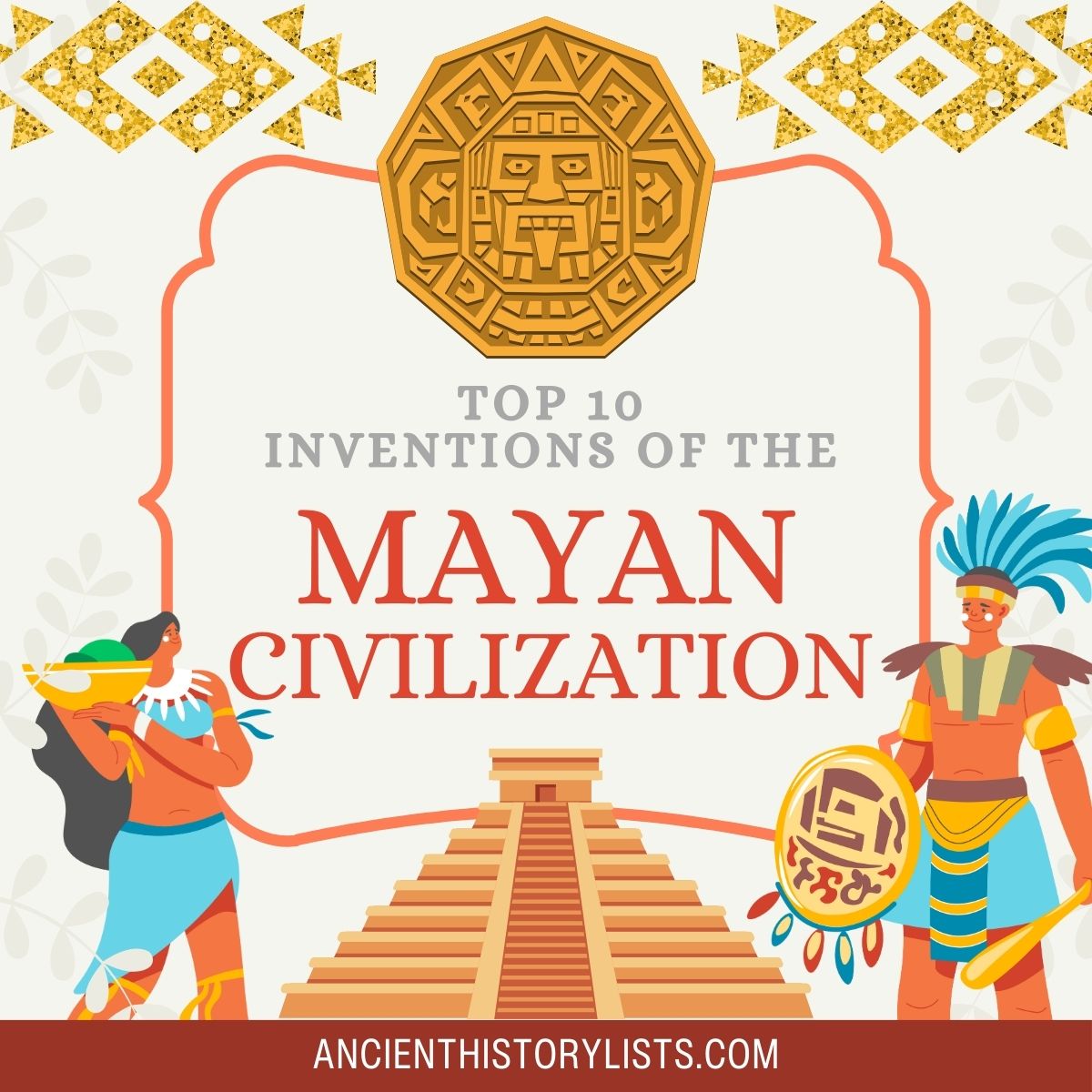
The Maya also invented elastic a long time before the process of vulcanization, or rubber-making, was discovered. Other innovations included the creation of immense underground repositories to store water during the dry season.
Here are the 10 most noteworthy achievements of the ancient Maya civilization in different fields such as space science, arithmetic, design, building, and writing:
10. Astronomy
The Maya studied the heavenly bodies and recorded information on the development of the sun, the moon, Venus, and the stars. Despite the fact that there were just 365 days in the Haab year, they knew that a year was slightly longer than 365 days, calculating it to be 365.2420 days (the true approximation is 365.2422). This is more precise than the estimation of 365.2425 which is used by the Gregorian calendar, meaning that the Maya calendar was more accurate than our own.
Maya astronomers worked out that 81 lunar months constituted 2,392 days. This puts the length of the lunar month at 29.5308 days, astoundingly close to the modern estimation of 29.53059 days. They also worked out the 584-day cycle of Venus with a slight difference of only two hours.
The Maya studied Jupiter, Mars, and Mercury and recorded celestial information like obscuration, or the path of one planet in front of the other. Maya astronomers were very accurate and way ahead of their European counterparts.
9. Ball Courts
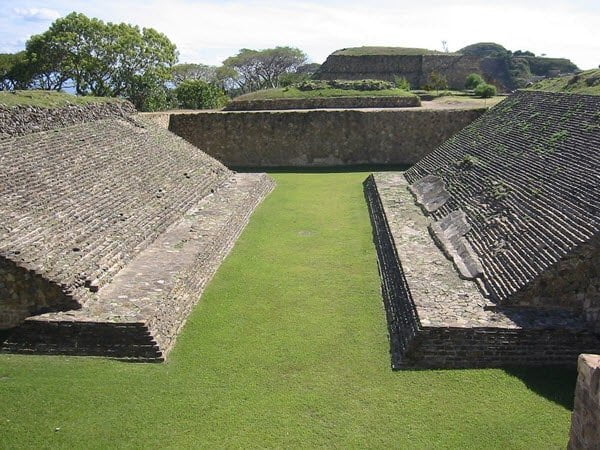
The Maya loved their games, and had ball courts in every city, much like present-day stadia. The games were of extraordinary significance to the Maya and were frequently played during religious celebrations, lasting for up to 20 days. The courts were situated at the foot of sanctuaries to pay tribute to the gods and goddesses.
Ball courts were expansive, each with a stone hoop mounted on a divider at one side. The Maya loved one particular game called pok-a-tok, or hotchpotch, the aim of which was to throw a strong elastic ball through the hoop using just your hips, shoulders, or arms. The victors regularly won the belongings of the losing side. The losing side, regularly made up of prisoners, was relinquished for the sake of the Maya gods.
See also:
- Top 10 Inventions and Discoveries of Ancient Greece
- Top 11 Inventions and Discoveries of Mesopotamia
- Top 10 Ancient Roman Inventions
- Top 10 Inventions and Discoveries of Ancient Egypt
8. Chocolate
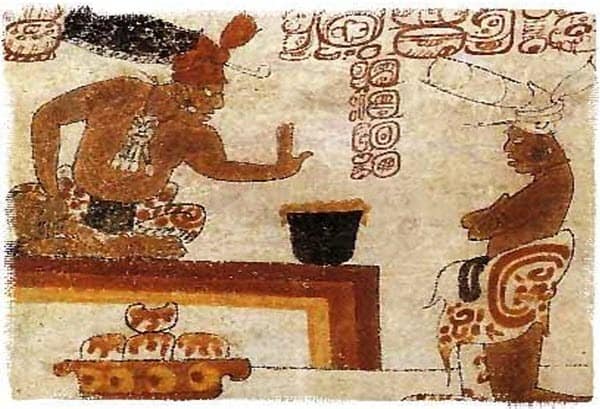
The ancient Maya were the first to discover the many uses of the cacao bean between 250 and 900 AD. They mixed the cacao bean with pepper and cornmeal to make a fiery chocolate drink. Sugar was rare in those days, which was a blessing considering there was no dental care to speak of.
As a consequence, the Maya did not suffer from sugar-related conditions such as diabetes or obesity. However, sugary modern-day chocolate and chocolate drinks can be traced back to the Maya.
Cacao beans were also used as glue by being boiled and mixed with different bases, and were even considered valuable enough to be used as currency.
7. Hallucinogenic Drugs
The Maya took great pride in their customs and traditions. Every occasion was feted in a grand way, and people with special powers known as shamans conducted rituals for the gods.
The shamans took stimulating drugs to induce trance-like states during these rituals in order to make contact with the spiritual world. These substances affected the body in such a way that pain was not felt, and energy was increased.
A number of these substances have subsequently been used as pain relief in modern medicine.
6. Law and Order
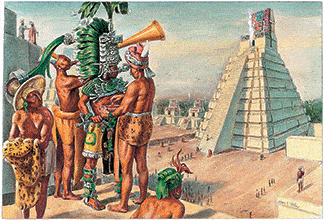
In the Maya Empire, laws were standardized across every state and were applicable to all levels of society. If someone broke the law, they would go to court where punishments were meted out according to the crime. Victims of theft were personally involved in the process of justice.
Murder was uncommon because the punishment was so extreme. If you were found guilty of murder, you would face execution and reparations from the victim’s family in terms of goods or land. The families could be granted a house, goods, cattle, or land, which might leave the perpetrator’s whole family with nowhere to live as a consequence of a guilty verdict.
5. Mathematics
The Maya had an extremely accurate numerical system. It had only three symbols: 0 (shell shape), 1 (a dab) and 5 (a bar). They used these three symbols to express numbers from 0 to 19; numbers after 19 were composed vertically in groups of 20, using place markers. The Maya, therefore, used a base 20 or vigesimal numbering system.
The use of place markers and 0 made this system much the same as the one we use today. With the base-20 system, the second position was worth 20 times more than the numeral, the third position had 202 or 400 times the value, etc. The Maya likewise used shorthand to express extensive numbers like 2.4.1.9.9 where the numbers 2, 4, 1, 9, and 9 are coefficients before forces of 20. Similarly fascinating is that the Maya had built the concept of 0 into their numbering system by 36 BC.
While not primarily known for their advances in science, they did have a working knowledge of it, and a large number of their dates and estimations are shockingly accurate.
4. Maya Art
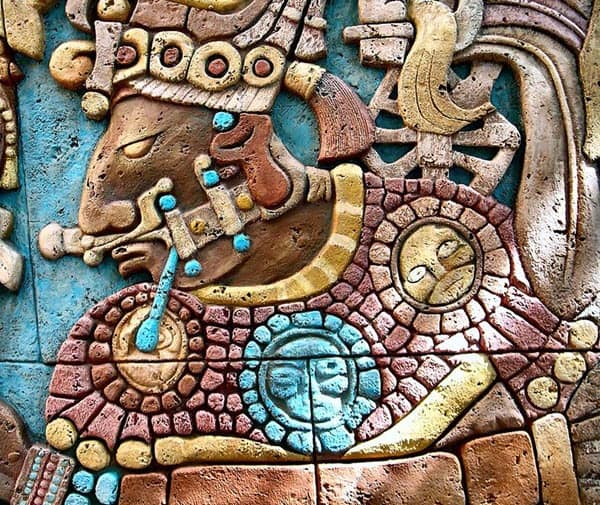
While not an innovation in itself, Mayan art is widely applauded around the world. Maya art was very modern in flavor. The Maya created artwork from a variety of materials including wood, jade, obsidian, and earthenware, and decorated stone landmarks, stucco, and walls.
Woodcuts were common but only a few examples still survive. Stone sculptures are much more common today, the most celebrated among them, from Copan and Quirigua, are remarkable for their complexity of detail.
The cities of Palenque and Yaxchilan are well known for their beautifully decorated lintels including the famous Yaxchilan Lintel 24.
Maya steps were decorated with a variety of scenes such as the one found at Tonina. Zoomorphs are large rocks sculpted in the shapes of animals such as those found Quirigua.
The Maya had a long tradition of wall painting, dating back to around 300 or 200 BC. Among the best-preserved Maya wall paintings is a large-scale example at Bonampak.
The Maya were also famous for their flint sculptures which were incredibly difficult to make.
3. The Maya Calendar
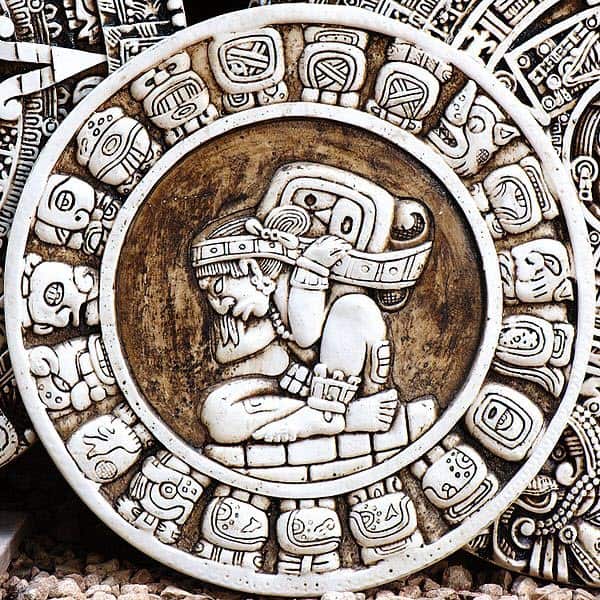
The famous Mayan calendar was based on a date system used in Mesoamerican societies. However, it was the Maya who standardized this system into a modern calendar.
The Maya calendar uses three distinctive dating frameworks: the Tzolkin (divine timetable), the Haab (common calendar), and the Long Count. The Tzolkin joins a cycle of 20 named days with another cycle of 13 numbers to deliver 260 distinct days. There are a few hypotheses for the 260-day Tzolkin including it being founded on the human growth timeline, the agrarian system of the district, and the positioning of the planet Venus.
The Haab was the sun-based calendar with 365 days. It was made up of a year and a half with 20 days in each month, and five additional days which were known as Wayeb and were considered to represent a dangerous time.
The Long Count was a non-repeating calendar starting from the beginning of the Mayan period. It counted single days in a system of base 20 and base 18 to make the calendar match the estimated 360 days of the year.
2. Mayan Writing System
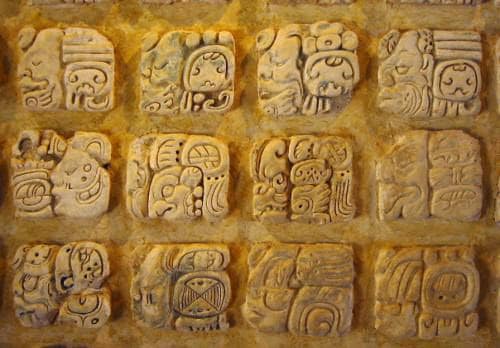
Out of all the ancient Americans, the Maya invented the most advanced form of writing, known as “glyphs.” Glyphs are used to describe or represent a word, sound or even a syllable through pictures or symbols. History suggests that the Maya used around 700 different glyphs, and astonishingly 80 percent of the language is still understood today.
The Maya were aware of their history and achievements, and so they wrote about them on pillars, walls, and big stone slabs all the time. They also wrote books about almost everything such as gods, daily life, their leaders and more. These books were made of bark and folded like a fan. Unfortunately, many of the books were destroyed as they were assumed by the Spanish to depict the devil and demons. Luckily, a few have survived.
The written word, known as the Maya script, is accepted to be the most comprehensive writing system in Mesoamerica, and much Maya history was recorded in this way. Recent research has shown that these engravings can be dated back to the third century BC. This would make the Maya the creators of writing in Mesoamerica, and one of three known ancient civilizations where writing grew autonomously, the others being China and Mesopotamia.
1. Rubber
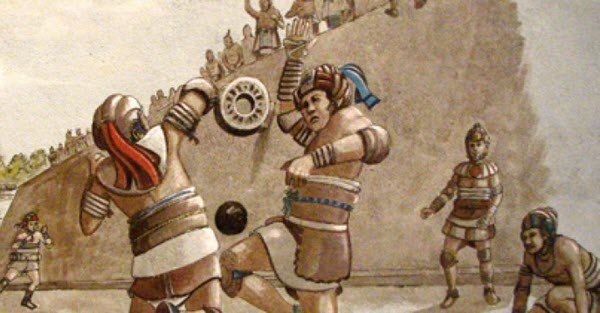
The Maya had a strange yet effective approach to agriculture. This included the “slice-and-consume system,” raised fields, terracing, concentrated crops, forestry, and fallow land. The fundamental staples of the Mayan diet were maize, beans, and squashes. Crops also included amaranth, bean stew peppers, sweet potatoes, manioc, tobacco, chaya, cotton, cacao, vanilla, and of course latex.
Experts have found that the Maya knew how to make elastic quite some time before Charles Goodyear, the tire giant, firmly established the material in the mid-19th century. Alongside other Mesoamerican societies, the Maya made elastic from latex and mixed it with other plant substances to make elastic items with various properties, including bouncy balls.
The Maya took the latex from trees and blended it with the juice from vines to make elastic. The earliest use of elastic in Mesoamerica has been dated to 1600 BC, many centuries before vulcanization was invented. The Maya, similar to other Mesoamerican societies, used bouncy elastic balls to play their popular ball games.
Conclusion
The Maya still live in a broadly similar region to their ancestors, namely from the north in the Yucatan down to Honduras. The idea that the Maya became extinct because their lands were invaded and taken over is inaccurate, as evidenced by the more than six million Maya who still cherish the customs and culture of their forebears.
Despite the fact that the area was Christianized in the 16th century AD, the old ways can still be seen in a mixture of European Catholicism and Maya tradition which flourishes today.
Excellent article Saugat and a really useful resource for educators.
I’ll declare an interest – I work in the innovation sector – and as such I give occasional talks to younger students.
This makes a superb example of solid everyday inventions and the resourcefulness of human beings to react to and shape their surroundings for the better.
At the end of the day, Mayans were just human beings and displayed all the desire to improve their lives that we do today.
Why was not astronomy mentioned? That science would be the first on the list.
The Mayan Calendar is apart of astronomy and is one of their achievements in astronomy.
I live in Guatemala for many years and find my Mayan friends to be the best people I have ever met.
Mayas did not have an empire. They were more like city states. You used the Aztec sun stone several times. When talking about their language, you correctly used the term Mayan. Everything else should just be Maya. They were not the first to use chocolate. We need to blame the Spanish for sweetners being added to chocolate. While the Maya certainly had the most comprehensive written language, there is some Olmec glyphs that predate the Maya. Astronomy definitely needs to be added. Otherwise, not a bad article.
I live in Peru. My family and I come from many generations of Maya bloodline. They were the first to create chocolate (however it was not sweetened until Spanish introduce sugar). Also, they did have an empire, not just city states. Almost all of central/south america was ran by the Maya people (if you visualize that before it was as it is today- that’s a massive empire). For example, the first to step into South America were from the Paleo tribe (there are many Maya tribes and dialects “language”), and the Paleo were one out of many. All in all, today the presence of Maya history is prominent in South America but mainly in Central America.
Also, I agree with the previous comments; astronomy was huge part of Maya civilization. They pretty much discovered and created it, so definitely needs to be added to the list.
As far as i know there have not been any mayans in south america and definitively no empire reaching so far south. other civilisations existed in the south, Chavin, Nazca, Moche, Huari, Quitus, Cañaris, Chimu, Pachacamac, Tiahuanaco, Aymara and Inca in the Central Andes (Ecuador, Peru and Bolivia); Muisca in Colombia and so on. but no maya. do you have any sources about soth american mayas.